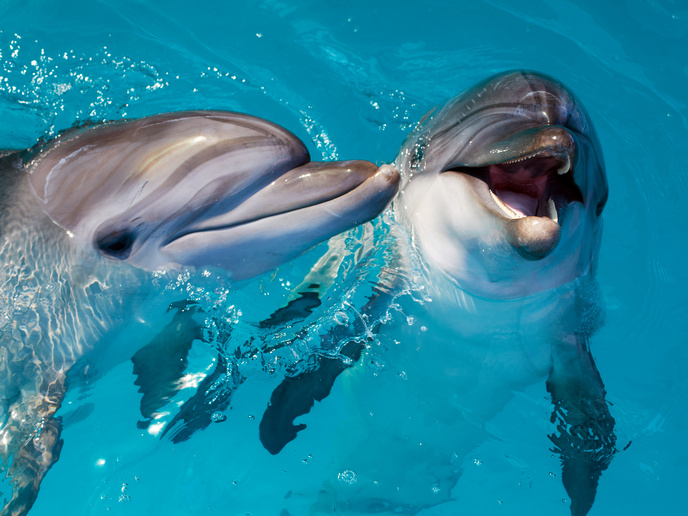Could whales help us to tackle cardiovascular disease?
As we get older, our arteries – which distribute oxygen-rich blood to our bodies – begin to deteriorate. A stiffening of the walls can limit the ability of arteries to dilate, increasing blood pressure and restricting blood flow. “This process precedes the onset of cardiovascular diseases (CVDs),” says Arterial Aging project coordinator Yara Bernaldo de Quirós from the University of Las Palmas de Gran Canaria (website in Spanish) in Spain. “If we want to prevent CVD – which is the number one cause of natural deaths – then we need to understand why arterial dysfunction happens with advancing age, and if there is a way to delay this decrease in function.”
Evolutionary mechanisms to protect arteries
The Arterial Aging project, which was supported by the Marie Skłodowska-Curie Actions programme, set out to address these questions. It did so by finding inspiration from a rather unexpected source: whales. “My research group works with marine mammals, mostly whales and dolphins,” adds Bernaldo de Quirós. “Some species can live for more than 200 years, and dolphins usually live for around 50 years.” Bernaldo de Quirós has worked with pathologists in the past to determine how these animals die. One thing that struck her was the lack of age-related arterial disease as a cause of death. “Diving, even in humans, can damage arteries,” she explains. “Whales are mammals that lived on land around 60 million years ago, before returning to the sea. They need to dive to feed, and to travel.” This led her to put forward an ambitious hypothesis – that the need to dive for extended periods of time has resulted in some sort of evolutionary mechanism that protects whale arteries.
Evaluating effects of blood on arterial function
Bernaldo de Quirós set about putting her hypothesis to the test. She spent two years working at the University of Colorado in the United States, where she developed a new method of exposing isolated mouse arteries to blood serum. This technique enabled her to evaluate the effects of blood on the arteries themselves. “We began by applying old mouse blood samples to young arteries,” she adds. “This resulted in decreased functionality. When we applied young mouse blood to the arteries, some functionality recovered. We were able to conclude that something in the blood was having a negative impact on arterial function.” Bernaldo de Quirós then reran the tests, this time using human blood samples. This resulted in the same findings. “Next, we used blood samples from dolphins of different ages,” she explains. “What we found here was very different. Even old dolphin blood samples had no real negative impact on arterial function. This suggests that there is something in their blood that works to protect arteries.”
Lessons for preventing and treating CVD
These tests have opened exciting new avenues of research. Moving forward, Bernaldo de Quirós would like to include other species of whale in her research, such as the Beluga whale, which can dive to depths of up to 800 metres. Understanding exactly what it is that maintains arterial health in whales – a mammalian species that has adapted to oceanic life over millions of years – could ultimately have implications in preventing and treating CVD in humans. “There is obviously something there,” she says. “We are currently looking to put together a research proposal with Ghent University Hospital (website in Dutch), to build on this research.”
Keywords
Arterial Aging, cardiovascular, disease, whales, dolphins, arterial, CVD



